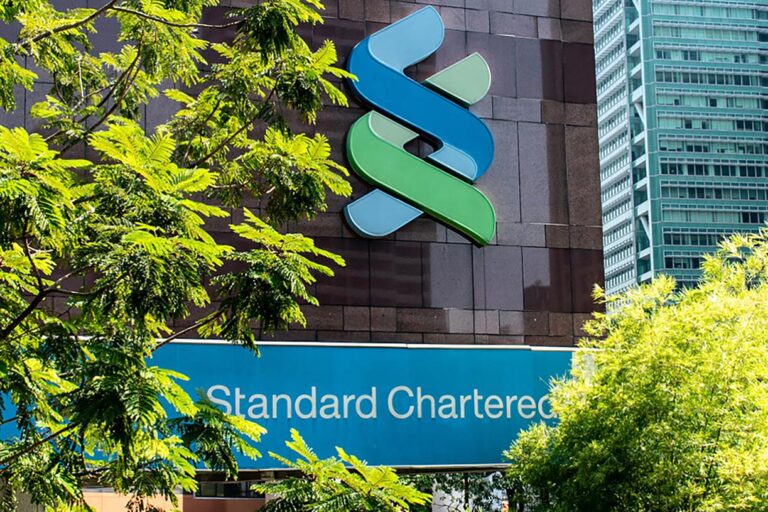What It Means When a Company Is Under Administration in Kenya – The Kenyan Wall Street
Ever wondered what it means when you hear a company has been placed under administration?
- In simple terms, it means the business is in serious financial trouble — it owes more than it can pay — and an expert is brought in to try to save it.
- This expert is called an administrator who once appointed, takes charge of running the business, selling assets, or negotiating with creditors.
- This process is provided for in Kenya under Part VIII of the Insolvency Act, 2015 (Cap 53).
For real time market updates and analysis, join our WhatsApp Channel.
Why Companies Go Into Administration
- They have too much debt they can’t repay on time.
- They are close to collapse but may still be saved.
- Creditors or the court believe rescue is better than shutting down.
Section 522(1): The objectives of the administration of a company are:
(a) to maintain the company as a going concern;
(b) to achieve a better outcome for the company’s creditors as a whole than would be the case if the company were liquidated (without first being under administration);
(c) to realise the property of the company in order to make a distribution to one or more secured or preferential creditors.
Example: East African Cables
In June 2023, Equity Bank sought to recover about KSh 2.2 billion from East African Cables. The High Court placed the firm under administration, giving it protection from creditors while administrators explored recovery options.
How the Process Works
Appointment
- Section 523(1): An administrator of a company may be appointed
(a) by an administration order of the Court;
(b) by the holder of a qualifying floating charge;
(c) by the company or its directors. - The administrator must be a licensed insolvency practitioner.
Example: Appointment at EACables
The court appointed joint administrators to run the company, blocking any debt recovery or asset seizures as they worked on a plan.
Court check
- Section 531(1): The Court may make an administration order… only if it is satisfied
(a) that the company is or is likely to become unable to pay its debts;
(b) that the order is reasonably likely to achieve one or more of the objectives of administration.
Moratorium (protection)
- Section 560(1): While a company is under administration:
(a) a person may take steps to enforce a security over the company’s property only with the consent of the administrator or with the approval of the Court…
(d) a person may begin or continue legal proceedings… only with the consent of the administrator or with the approval of the Court.
Example: Legal shield at EACables
While under administration, creditors like Equity Bank could not auction properties or sue until courts later cleared the way in late 2024 and 2025.
Control
- The administrator takes over full control, runs daily operations, and prepares a recovery plan.
- Any liquidation petition is paused under Section 558(1): “While a company is under administration, a resolution may not be passed or an order made for the liquidation of the company except on the application of the administrator.”
Example: Control at EACables
The administrators ran daily operations and began seeking new investors, with the first creditors’ meeting held in August 2025.
How Long It Lasts
- Section 593(1): “The appointment of an administrator automatically ends at the end of twelve months from the date on which it takes effect.”
- Section 594(1): “On the application of an administrator, the Court may by order extend the term of office of the administrator.”
Administration ends when:
- The company is rescued and returned to directors, or
- The administrator decides it cannot be saved and recommends liquidation, or
- All assets are sold and the money shared out.







